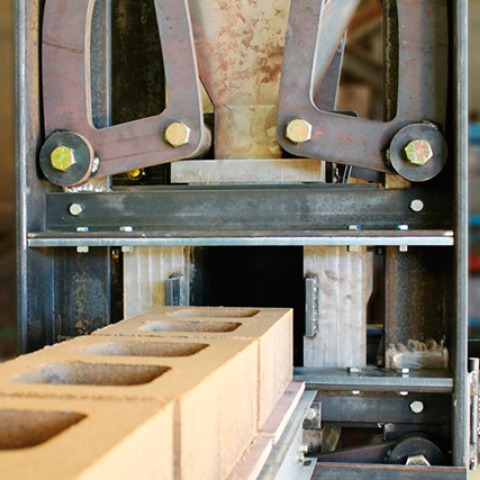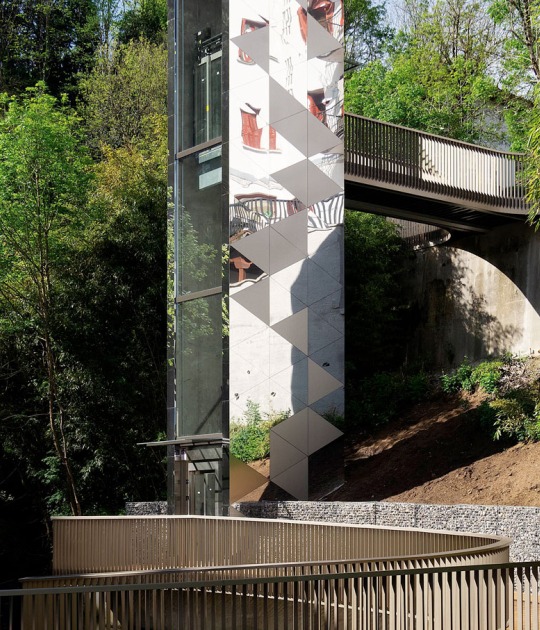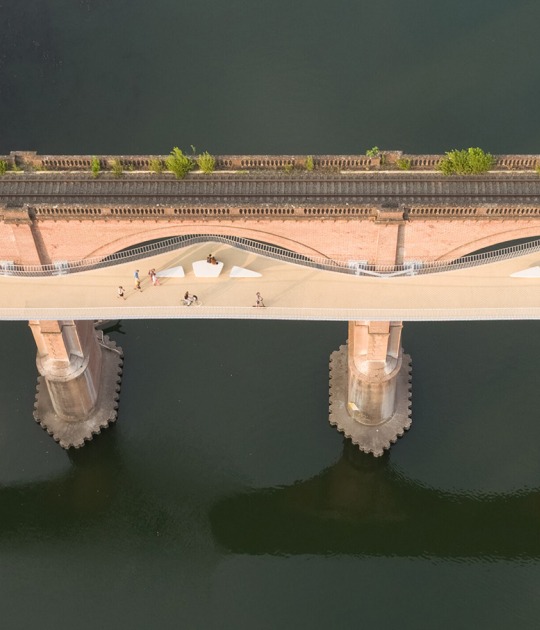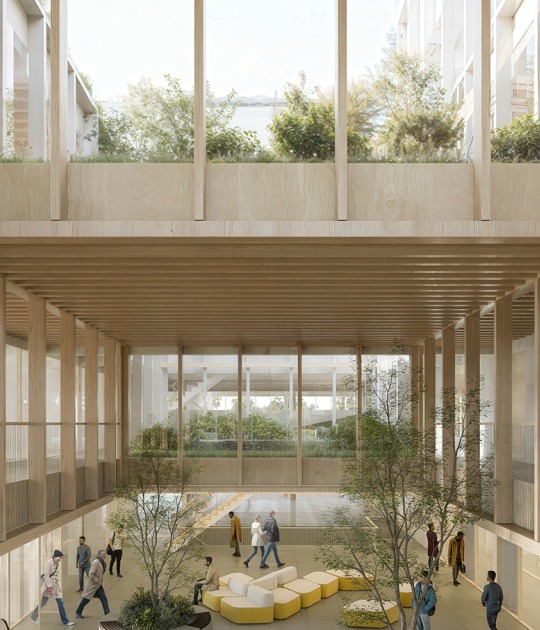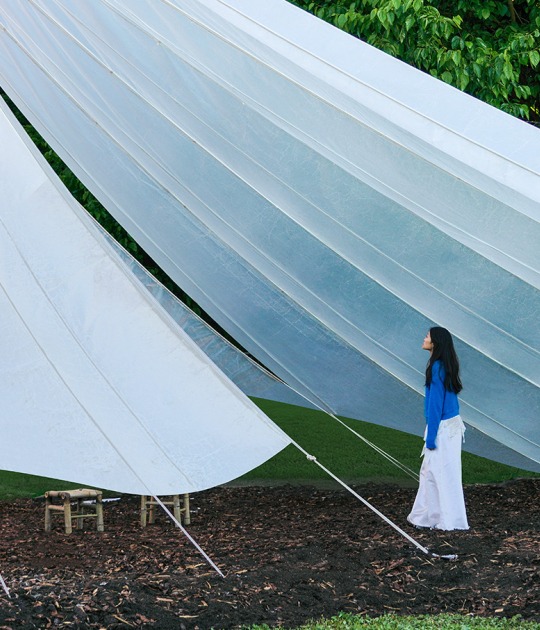Cement is the second most used product in the world right after water, which means that vast amounts of CO2 are being emitted along with the production of this material, approximately 6% of the total, and that's not good (just in case it is still necessary to say it).
The Watershed Materials team, led by David Easton, received last year the SBIR grant from the National Science Foundation to develop, commercialize and replace the already known concrete masonry for blocks made with new materials, reducing their carbon footprint by replacing Portland cement and using natural mineral based geopolymers.
“The implications for this technology are enormous,” says David Easton, Watershed Materials’ president and co-founder. “Using geopolymer technology to produce dependable building materials from natural clay minerals found throughout the developed and developing world is a local solution with global impact.”
Description by Watershed Materials.-
Clays have been used for thousands of years as a construction material, but traditionally require energy intensive, high-temperature kilning to overcome the tendency for clay to weather easily in rain and snow. Watershed Materials’ geopolymer technology changes the chemical structure of clays and allows their use in long lasting, high compressive strength, weather resistant masonry.
Concrete masonry is one of the world’s most common construction materials, used to build homes, schools, churches, apartment buildings and factories. Traditional concrete masonry, however, has a high carbon footprint due to its reliance on Portland cement, a material responsible for 6 percent of the world’s CO2 emissions.
Watershed Materials’ technology, funded by the National Science Foundation, utilizes the geopolymerization of natural clay minerals and provides a more ecological, natural and globally available technology for producing building materials. Natural clays can be sourced from quarry and mine waste as well as construction site excavation. Masonry building products made with Watershed Materials’ technology inherit the visual appeal of their local production and appear more complex than typical grey concrete that is made from virgin mined rock washed of local color variations.
Geopolymers are a new technology that provide an alternative to Portland cement used in concrete and masonry. Until now, geopolymers have mostly relied on fly ash, a byproduct of burning coal, or blast furnace slag, a byproduct of iron and steel production. These industrial waste products are available only adjacent to coal fired power plants and steel production facilities, and the world does not produce enough to meet demand for concrete products. In place of these materials, Watershed Materials’ technology activates globally abundant natural clay-based minerals to form strong geopolymer reactions.
Applications for Watershed Materials geopolymer technology include:
- Mass production of sustainable masonry made from locally sourced, often recycled mine and quarry waste.
- On-site local production of structural masonry from excavation or demolition materials.
- Disaster relief and remote production of reliable building materials from locally sourced abundant materials.
CREDITS.-
Team.- David Easton, Joe Dahmen, Dr. Jose Muñoz, Naomi Porat, David Mar, Mike Korchinsky, Blair Lambert, Juliet Hsu, Taj Easton, Dan Alvarado, Alex Wright.
